Does Heat Help With Inflammation, Or Make It Worse?
The heating pad feels amazing on that sore back—but what if it's secretly making inflammation worse? Here's the plot twist: heat can both reduce and increase inflammation, depending on timing, temperature, and type. Most people use heat therapy at exactly the wrong moment, turning a helpful treatment into a recovery roadblock.
Research shows that strategic heat application reduces inflammatory markers, but only when applied correctly. We'll decode when heat heals versus harms.
Ready to stop guessing and start healing? Let's break down the science of heat and inflammation once and for all.
Types of Inflammation
Not all inflammation responds to heat the same way. Understanding which type you're dealing with determines whether that heating pad becomes your best friend or worst enemy in supporting your overall health.
Acute Inflammation: The Fresh Injury Response
Acute inflammation hits fast and loud. Think of a swollen cut from injury, a sprained ankle that swells within minutes, or that lower back strain from yesterday's workout. This inflammation serves a purpose—it's your body flooding the area with healing resources.

Signs you're dealing with acute inflammation:
-
Sudden onset (within 0-72 hours of injury)
-
Obvious swelling or puffiness
-
Skin feels hot to the touch
-
Redness around the affected area
-
Sharp, intense pain that screams for attention
During this phase, blood vessels dilate and white blood cells rush in. The area becomes a construction zone—messy but necessary. Adding heat here is like pouring gasoline on fire. Those dilated blood vessels don't need more encouragement. If unsure, always seek medical guidance for the safest approach.
Chronic Inflammation: The Silent Slow Burn
Chronic inflammation plays a different game. It whispers instead of shouts, persisting for weeks, months, or years. Arthritis, fibromyalgia, and old sports injuries—these all involve chronic inflammatory processes that have overstayed their welcome.

Chronic inflammation looks like:
-
Dull, persistent aching
-
Morning stiffness that improves with movement
-
Minimal visible swelling
-
Deep tissue tension
-
Pain that's been hanging around for 3+ months
Chronic inflammation often involves reduced blood flow to tissues. Muscles get tight, fascia gets sticky, and circulation suffers. The inflammatory chemicals stick around because drainage is poor—like a traffic jam of cellular waste.
This distinction matters because heat therapy works brilliantly for chronic inflammation while potentially worsening acute inflammation. Timing isn't just important—it's everything when it comes to health, injury, and proper medical care.
📍 Acute vs. Chronic Inflammation Table
| Feature | Acute Inflammation | Chronic Inflammation |
| Onset | Sudden, within minutes to 72 hours after injury | Slow, develops over weeks or months |
| Duration | Short-term (days to a couple of weeks) | Long-term (months to years) |
| Immune Response | Immediate—neutrophils are the first responders | Ongoing—lymphocytes, macrophages, and plasma cells dominate |
| Symptoms | Sharp pain, redness, warmth, swelling, obvious puffiness | Dull, persistent ache, stiffness (esp. morning), minimal swelling |
| Purpose | Protective and healing—body sends blood, nutrients, and immune cells to repair damage | Ongoing irritation or failed healing response; can damage tissues over time |
| Circulation | Increased blood flow (vessels dilate, area feels hot) | Often reduced blood flow; tissues may feel tight or congested |
| Common Causes | Injuries (sprains, strains, cuts, burns), infections, trauma, allergic reactions | Arthritis, autoimmune conditions, old unresolved injuries, lifestyle-related inflammation |
| Outcome | Typically resolves with healing or scarring | Can lead to tissue destruction, fibrosis, or diseases (e.g., arthritis, heart disease) |
| Response to Heat | Avoid heat (can worsen swelling and pain in early stages) | Heat helps (eases stiffness, boosts circulation, reduces tension) |
How Heat Therapy Works
Heat doesn't just feel good—it triggers specific biological responses that can either heal or harm, depending on the situation. Understanding the mechanics helps explain why applying heat works miracles sometimes and backfires others.

The Cellular Response to Heat
When heat touches skin, thermoreceptors send signals that cascade through your nervous system. Blood vessels dilate within minutes, increasing blood flow several-fold. This flood of fresh blood brings oxygen and nutrients while flushing out inflammatory waste products.
Heat reduces the viscosity of connective tissues and increases their elasticity, which improves the range of motion and tissue extensibility. That’s why heat therapy can relax tight muscles so effectively, especially in stiff or overworked areas.
Meanwhile, heat can activate thermoreceptors that compete with pain signals in the spinal cord—a mechanism known as the gate control theory. This “closes the gate” to pain signals before they reach the brain, reducing discomfort naturally.
The metabolic boost matters too. For every 1°C increase in tissue temperature, oxygen consumption rises by about 10–13%, which speeds up cellular metabolism. This accelerated activity supports healing in chronic conditions where circulation has slowed or stagnated.
Heat's Anti-Inflammatory Mechanisms
Here's what most people miss: heat activates heat shock proteins (HSPs), which actually reduce inflammatory markers like IL-6 and TNF-alpha. These proteins act like cellular janitors, cleaning up damaged proteins and reducing oxidative stress.
Heat also triggers the release of endorphins and enkephalins—your body's natural painkillers. That's why a hot water bottle can alleviate pain within 15-20 minutes. The effect isn't just masking pain; it's actively changing your body's inflammatory response to better help the patient manage discomfort while protecting long-term health.
When Heat Helps with Inflammation
Strategic heat application works wonders for specific inflammatory conditions. The key? Knowing when you're past the acute phase and into a territory where heat becomes helpful for long-term health.

Chronic Inflammatory Conditions
-
Arthritis and joint pain in the knee and elbow respond beautifully to heat therapy. Morning stiffness melts away because heat can help increase synovial fluid production, lubricating joints from the inside. Apply heat for 15-20 minutes before activity to reduce joint stiffness and improve range of motion.
-
Old injuries and chronic pain benefit from heat's ability to break the pain-spasm cycle. Tight muscles create inflammation, and inflammation causes more spasms—heat interrupts this loop by improving circulation and elasticity. For many patients with chronic back pain, this can be a game-changer.
-
Tendinitis and bursitis: Chronic inflammation in tendons or bursa (such as shoulder, elbow, or knee) can respond to gentle heat, which relaxes surrounding muscles and improves blood flow, supporting recovery.
-
Fibromyalgia: Heat helps reduce muscle stiffness and tenderness, easing widespread pain and improving mobility.
-
Neck and shoulder tension: Long-term postural strain or stress-related muscle inflammation responds well to localized heat, reducing tightness and promoting relaxation.
-
Chronic menstrual cramps (dysmenorrhea): Heat applied to the lower abdomen relaxes uterine muscles and eases inflammatory pain.
The 72-Hour Rule
After acute injuries, wait 72 hours before considering heat. Once initial swelling subsides and the area no longer feels hot, heat therapy becomes your ally. This timing allows the acute inflammatory phase to complete its job while avoiding further injury from premature heat application. In the earliest stage, ice remains the safer choice, but once the body shifts, heat supports recovery. Always consider medical advice if uncertain.
Perfect candidates for heat therapy:
-
Muscle spasms lasting more than 3 days
-
Chronic lower back pain
-
Tension headaches from tight neck muscles
-
Fibromyalgia flare-ups
-
Stiff muscle from overuse (after initial soreness fades)
-
Knee pain from osteoarthritis
Optimal Application Methods
Moist heat is generally more effective than dry heat because water conducts thermal energy better, allowing deeper tissue penetration. Options include warm towels, heating pads with moisture features, or warm baths. Apply for 15–20 minutes at a time, giving tissues enough warmth to relax without risking burns.
For larger muscle groups, weighted heating pads or electric blankets ensure consistent contact and deeper penetration. For targeted relief, heat wraps or gel packs conform to smaller areas like the neck or joints. Always place a cloth barrier between skin and the heat source to prevent irritation.
Consistency matters—daily application before exercise, stretching, or bedtime maximizes benefits. Pairing heat with gentle movement, such as stretching or low-intensity yoga, enhances circulation and tissue flexibility even further.
When Heat May Make Inflammation Worse
Applying heat at the wrong time transforms a helpful tool into a harmful one. Certain conditions and timings make heat therapy counterproductive—sometimes dangerously so for your health.
Fresh Injuries: The First 72 Hours
During acute inflammation, tissues are already flooded with blood and inflammatory chemicals. Adding heat increases blood flow even more, leading to:
-
Excessive swelling that delays healing
-
Prolonged inflammatory response
-
Increased bruising and tissue damage
-
More pain, not less
For sports injuries in the acute phase, ice or heat isn't even a question—ice wins every time. Cold packs constrict blood vessels, limiting additional inflammatory infiltrate. Save heat for later, when it can truly help the patient move forward in recovery. Always follow medical guidance for serious injury management.
Red Flag Conditions
Never use heat on:
-
Fresh bruises or hematomas
-
Open wounds or infections
-
Areas with impaired sensation (diabetes, neuropathy)
-
Active inflammatory diseases during flare-ups (acute gout, rheumatoid arthritis flares)
These conditions involve either excessive inflammation already or the risk of spreading infection/clots through increased circulation. Proper medical assessment is critical to protect the patient and preserve health.
Signs Heat Is Making Things Worse
Watch for these warning signals during heat therapy:
-
Increased swelling after application
-
Throbbing that intensifies rather than pain subsides
-
Skin becomes excessively red or develops welts
-
Pain increases after treatment ends
-
New numbness or tingling appears
If any occur, switch to ice therapy immediately. Applying ice can counter the excessive vasodilation and help prevent further damage, keeping the patient’s health protected.
The Inflammation Paradox
Here's what confuses people about ice and heat work: both can reduce inflammation, just through opposite mechanisms. Ice and heat aren't enemies—they're tools for different stages of healing.
Think of it this way: ice is your emergency response team, rushing in to contain acute damage. Heat is your renovation crew, improving circulation and flexibility once the crisis passes. Using heat during the emergency phase is like sending renovators into an active disaster zone.
Some chronic conditions actually benefit from alternating heat and ice (contrast therapy). The key is understanding your inflammation's current state. When in doubt, remember: if it's hot, red, and swollen, skip the heat. If it's stiff, chronic, and achy, heat might be exactly what you need.
Comparison: Heat vs. Ice Therapy for Inflammation
The ice vs heat debate misses the point—both therapies serve distinct purposes in your body's natural response to inflammation. Understanding the proper time to use ice versus heat can help you heal faster and more effectively.
The Science Behind Each Approach
🧊 Cold therapy works by:
-
Constricting blood vessels to limit swelling
-
Numbing pain receptors within minutes
-
Slowing cellular metabolism by 50%
-
Reducing nerve conduction velocity
☀️ Heat therapy works differently:
-
Dilating blood vessels, increasing circulation several-fold
-
Delivering oxygen and nutrients to speed up tissue healing
-
Removing metabolic waste that contributes to soreness
-
Relaxing tissues to make collagen more pliable and muscles more flexible
Both ice and heat can relieve pain, but through opposite mechanisms. Cold numbs and contains; heat soothes and mobilizes.
🆚 Comparison Table
| Feature | 🧊 Ice Therapy | ☀️ Heat Therapy |
| Mechanism | Vasoconstriction, swelling control | Vasodilation, circulation boost |
| Best for | Acute injuries, swelling, bruising | Chronic inflammation, stiffness, muscle spasms |
| Timing | First 72 hours post-injury | After 72 hours or chronic conditions |
| Pain Relief | Numbs pain receptors | Slows nerve conduction, relaxes muscles |
When to Choose What: A Clear Framework
| Condition | Recommended | Why |
| Fresh injury (0-72 hours) | 🧊 Ice | Use ice to limit acute inflammation and swelling |
| Swollen injured area | 🧊 Ice | Ice reduces fluid accumulation and edema |
| Fresh bruising | 🧊 Ice | Ice minimizes internal bleeding and pain |
| Chronic muscle tension | ☀️ Heat | Heat relaxes muscles and improves flexibility |
| Morning stiffness | ☀️ Heat | Heat relaxes muscles and loosens tight joints |
| Tension headaches | ☀️ Heat | Heat relaxes trigger points and eases discomfort |
| Large muscle groups (sore) | 🧊 Ice first 48hrs, ☀️ then heat | Ice reduces swelling initially, then heat promotes blood flow and muscle recovery |
Practical Application Methods
-
For cold therapy, frozen vegetables wrapped in a thin towel work perfectly—they conform to body contours better than rigid ice packs. A cold compress applied for 15-20 minutes every 2-3 hours provides optimal benefit without risking frostbite.
-
For heat therapy, options range from a simple hot bath for large muscle groups to targeted heating pads for specific areas.
Contrast Therapy: Strategic Alternation
Some conditions benefit from alternating cold treatments with heat:
-
Heat for 4 minutes (vasodilation phase)
-
Ice pack for 1 minute (vasoconstriction phase)
-
Repeat 3-5 cycles
-
Always end with cold
This pumping action can promote healing by flushing inflammation while maintaining tissue mobility. It's particularly effective for:
-
Chronic sports injuries (after the acute phase)
-
Arthritis with both stiffness and swelling
-
Repetitive strain injuries
The Timing Factor
-
First 48-72 hours: Use ice exclusively. During acute inflammation, cold therapy limits damage and controls swelling. Apply 15-20 minute icing sessions every 2-3 hours while awake.
-
After 72 hours: Assess the injured area. If swelling has subsided and heat no longer radiates from the injury, you can introduce heat therapy. If unsure, stick with ice—it's the safer choice.
-
Chronic conditions: Heat typically wins for ongoing issues. Treating pain from old injuries, arthritis, or muscle tension responds better to heat's circulation-boosting effects.
Safe Use of Heat Therapy
Proper heat application maximizes health benefits while preventing burns or increased inflammation. Modern tools and techniques make heat therapy safer and more effective than ever.

Temperature Guidelines
Start on the lowest setting and adjust as needed, since individual heat tolerance may vary. Choosing the right temperature for inflammation ensures comfort while maximizing benefits:
-
Low heat (104–113°F / 40–45°C): Ideal for sensitive skin, elderly users, or prolonged use.
-
Medium heat (113–122°F / 45–50°C): Common for muscle relaxation and moderate pain relief.
-
High heat (122–140°F / 50–60°C): Best for short-term deep muscle relaxation, stiffness, or intense cramps. Use with caution.
-
Never exceed 140°F (60°C): Higher temperatures increase the risk of burns and skin irritation.
Duration Recommendations
Session length should match the size of the treated area to provide relief:
-
Small areas (wrist, ankle): 15–20 minutes. This duration is long enough to ease stiffness while avoiding excessive heat buildup.
-
Medium areas (neck, shoulder): 20–30 minutes. Regular use within this range helps reduce muscle tension and improve flexibility.
-
Large muscle groups (back, thighs): 30–45 minutes maximum. Extended sessions should be done on lower settings to ensure comfort and safety.
Application Best Practices
-
Create a barrier: Never apply heat directly to skin. Use a thin towel between the heat source and your body. This prevents burns while allowing therapeutic penetration.
-
Check frequently: Every 5 minutes, assess your skin. Light pink is normal; deep red or mottled appearance means reduce temperature immediately.
-
Stay mobile: Unless treating a specific trigger point, shift position slightly every 10 minutes. This prevents any single area from overheating.
Warning Signs to Stop Treatment
Discontinue heat therapy and seek medical attention if:
-
Pain increases rather than decreases
-
Skin blisters or shows signs of burning
-
Swelling worsens after treatment
-
You experience dizziness or nausea
-
Numbness or tingling develops
Special Precautions
Never use heat on:
-
Fresh injuries (first 72 hours)
-
Open wounds or infections
-
Areas with poor circulation or sensation
-
Over topical pain medications (risk of burns)
-
While sleeping (unless using auto-shutoff timers)
High-risk populations requiring extra caution:
-
Diabetics: Neuropathy can mask dangerous overheating. Use lower temperatures, shorter sessions
-
Elderly: Thinner skin burns more easily. Add extra barrier layers
-
Pregnant women: Avoid abdominal heat. Limit other areas to 15 minutes
-
Children: Always supervise. Use the lowest effective temperature
Modern Heating Pad Advantages
Just what makes modern heat therapy safer? Advanced materials and smart features. Graphene technology provides fast, even, and consistent warmth, eliminating the hot and cold spots often found in traditional heating pads. Auto-shutoff timers prevent overnight burns—a serious risk with older models.
Many models also include weighted features with glass bead filling, which add gentle pressure, improve heat penetration, and enhance overall comfort during use.
For chronic pain management, consistent moderate heat beats sporadic intense heat. A quality heating pad with precise temperature control lets you find your therapeutic sweet spot. When you need reliable, safe heat therapy for ongoing conditions, investing in proper equipment pays off in both safety and results.
Pro tip: Keep a treatment log noting temperature, duration, and results. This helps your healthcare provider optimize your treatment plan and identifies what works best for your specific condition.
🥰 🤩 🥳
As a professional brand for heating pads, Homlyns provides three types of weighted heating pads with auto shut-off timers to meet different needs:

Graphene Full Body Heating Pad
$54.99
Experience full-body comfort with 10 heat levels and 4 timer settings. Perfect for ultimate relaxation.

Graphene Heating Pad for Neck and Shoulders
$59.99
Target neck and shoulder tension with this specialized design, also featuring 10 heat levels and 4 timer settings.

Graphene Heating Pad for Neck, Shoulders, and Back
$64.99
Combine targeted relief for neck, shoulders, and back with the same customizable heat and timer settings.
Heat Your Way to Recovery with Homlyns
Heat therapy works brilliantly for chronic inflammation—when you nail the timing. Wait 72 hours after acute injury, then let heat's vasodilation and metabolic boost accelerate healing. The difference between helpful heat and harmful heat comes down to understanding your inflammation type and applying the right temperature at the right time.
Key takeaways:
-
Ice first 72 hours for acute injuries, heat for chronic conditions
-
Optimal therapeutic temperature: 104-113°F for 15-30 minutes
-
Heat reduces inflammation through increased circulation and heat shock proteins
-
Never use heat on fresh injuries, infections, or swollen areas
-
Modern heating pads with timers and precise controls prevent overheating
When chronic inflammation keeps you up at night or morning stiffness slows your day, Homlyns' graphene heating pads deliver consistent, safe therapeutic heat. With 10 precise temperature settings and auto-shutoff timers, you get professional-grade heat therapy without the guesswork. Because managing inflammation shouldn't be harder than the pain itself.
Reference
- Freiwald J, Magni A, Fanlo-Mazas P, et al. A Role for Superficial Heat Therapy in the Management of Non-Specific, Mild-to-Moderate Low Back Pain in Current Clinical Practice: A Narrative Review. Life (Basel). 2021;11(8):780. Published 2021 Aug 2. doi:10.3390/life11080780
- Hoekstra SP, Bishop NC, Leicht CA. Elevating body termperature to reduce low-grade inflammation: a welcome strategy for those unable to exercise? Exerc Immunol Rev. 2020;26:42-55. PMID: 32139348.
- Hu C, Yang J, Qi Z, et al. Heat shock proteins: Biological functions, pathological roles, and therapeutic opportunities. MedComm (2020). 2022;3(3):e161. Published 2022 Aug 2. doi:10.1002/mco2.161
- Landsberg L, Young JB, Leonard WR, Linsenmeier RA, Turek FW. Do the obese have lower body temperatures? A new look at a forgotten variable in energy balance. Trans Am Clin Climatol Assoc. 2009;120:287-295.
- Pahwa R, Goyal A, Jialal I. Chronic Inflammation. [Updated 2023 Aug 7]. In: StatPearls [Internet]. Treasure Island (FL): StatPearls Publishing; 2025 Jan-. Available from: https://www.ncbi.nlm.nih.gov/books/NBK493173/
- Trachsel LA, Munakomi S, Cascella M. Pain Theory. [Updated 2023 Apr 17]. In: StatPearls [Internet]. Treasure Island (FL): StatPearls Publishing; 2025 Jan-. Available from: https://www.ncbi.nlm.nih.gov/books/NBK545194/




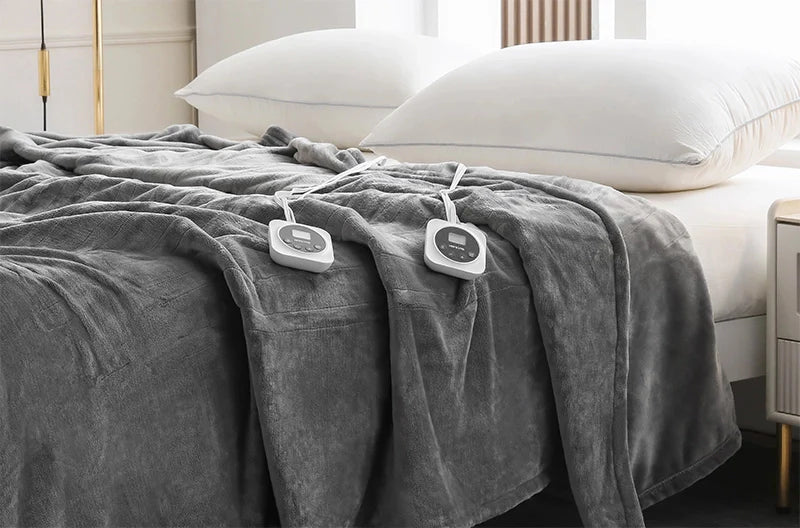
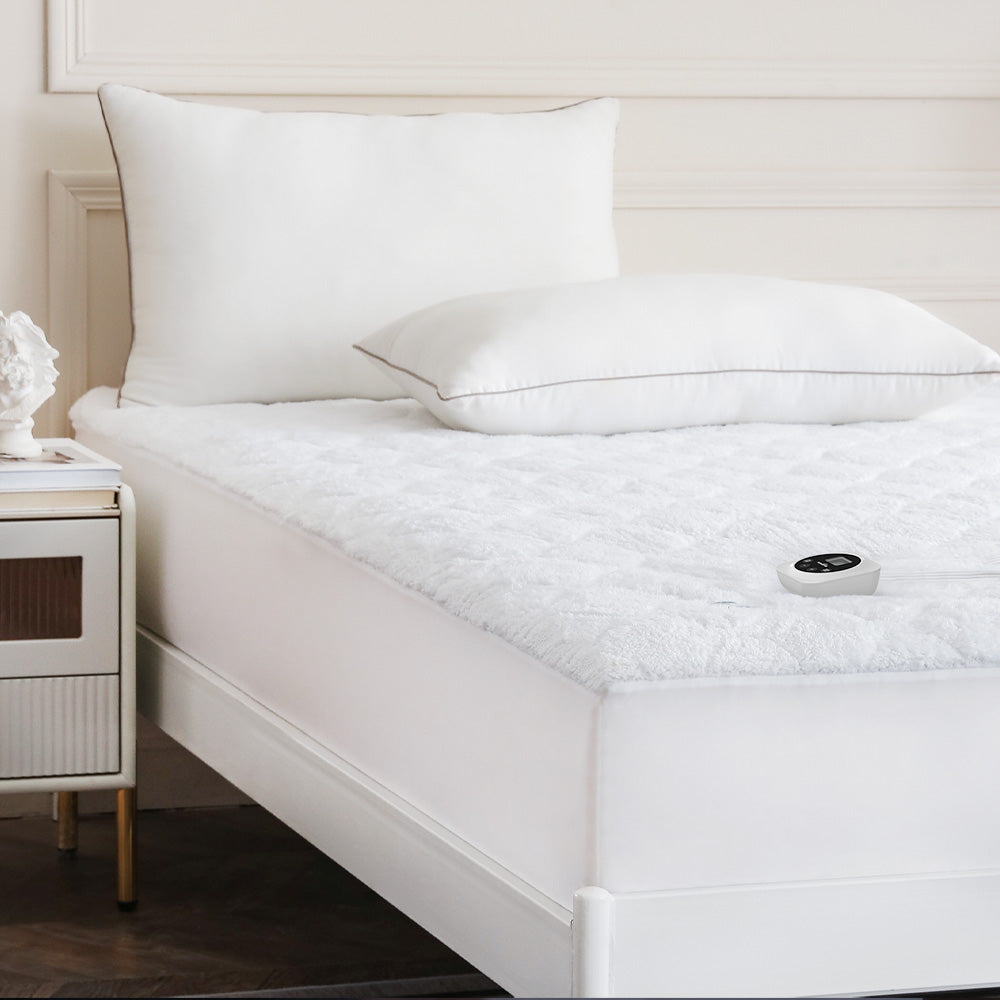
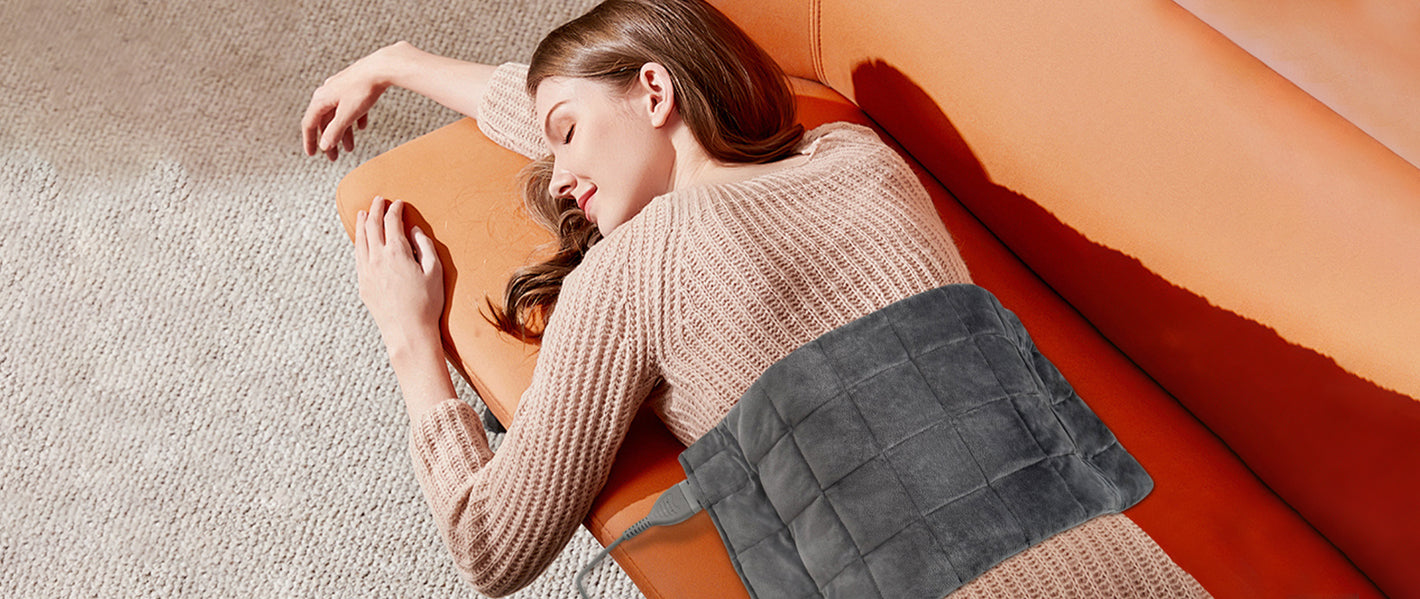
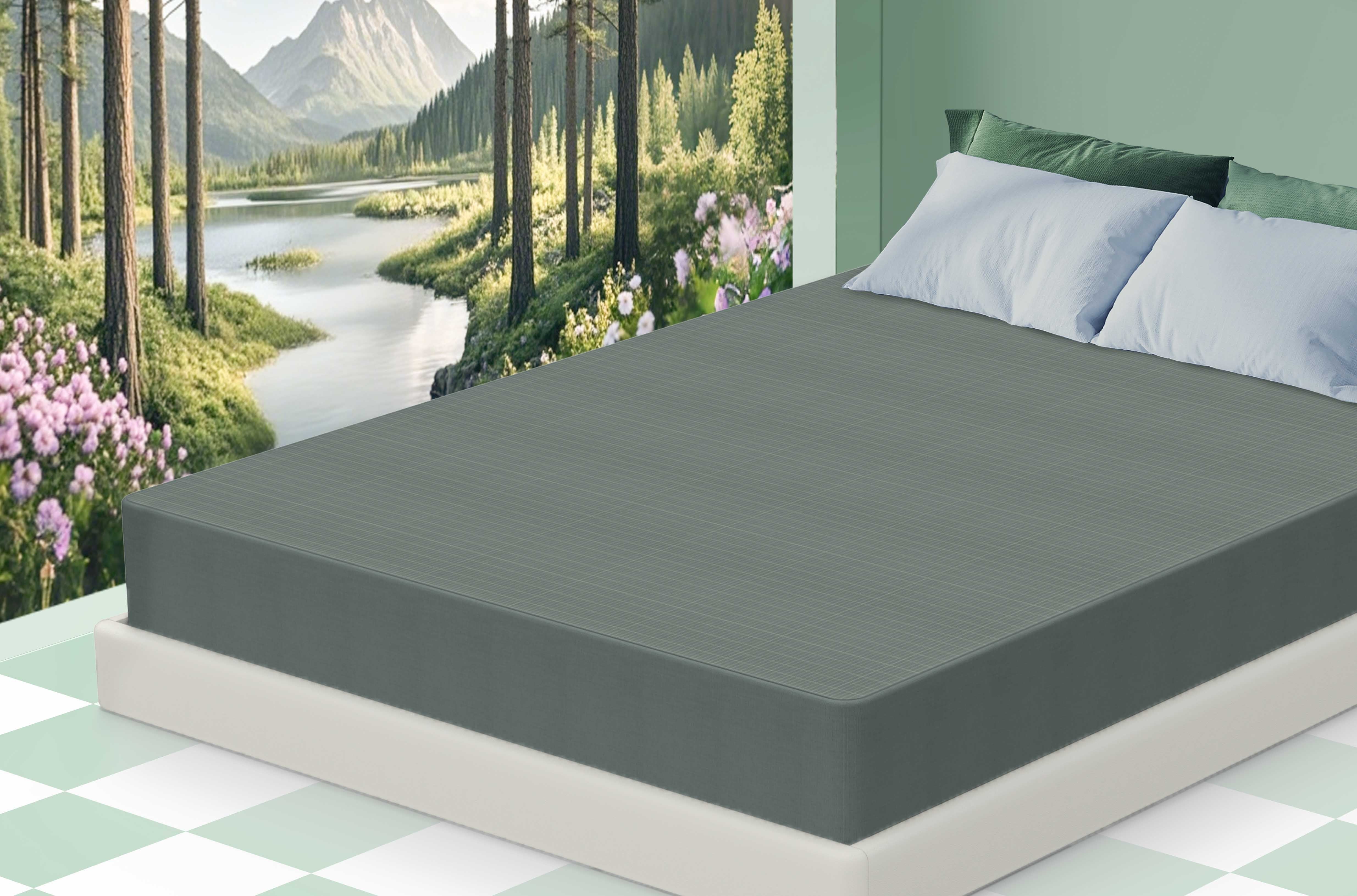

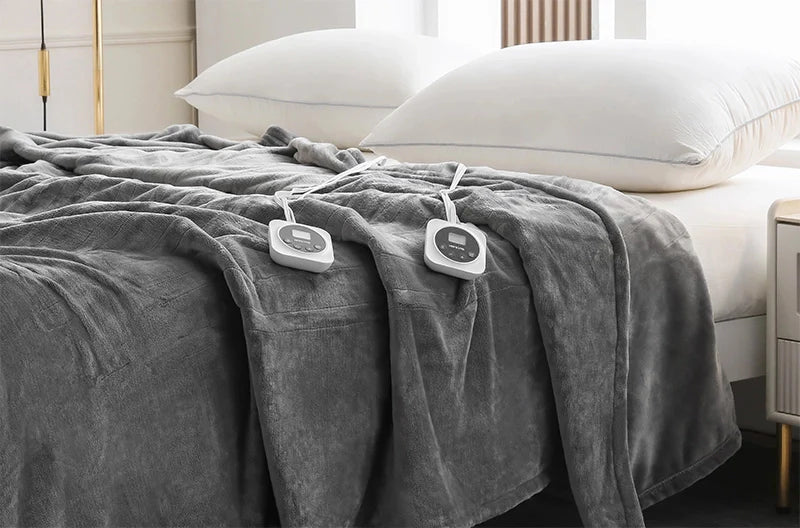
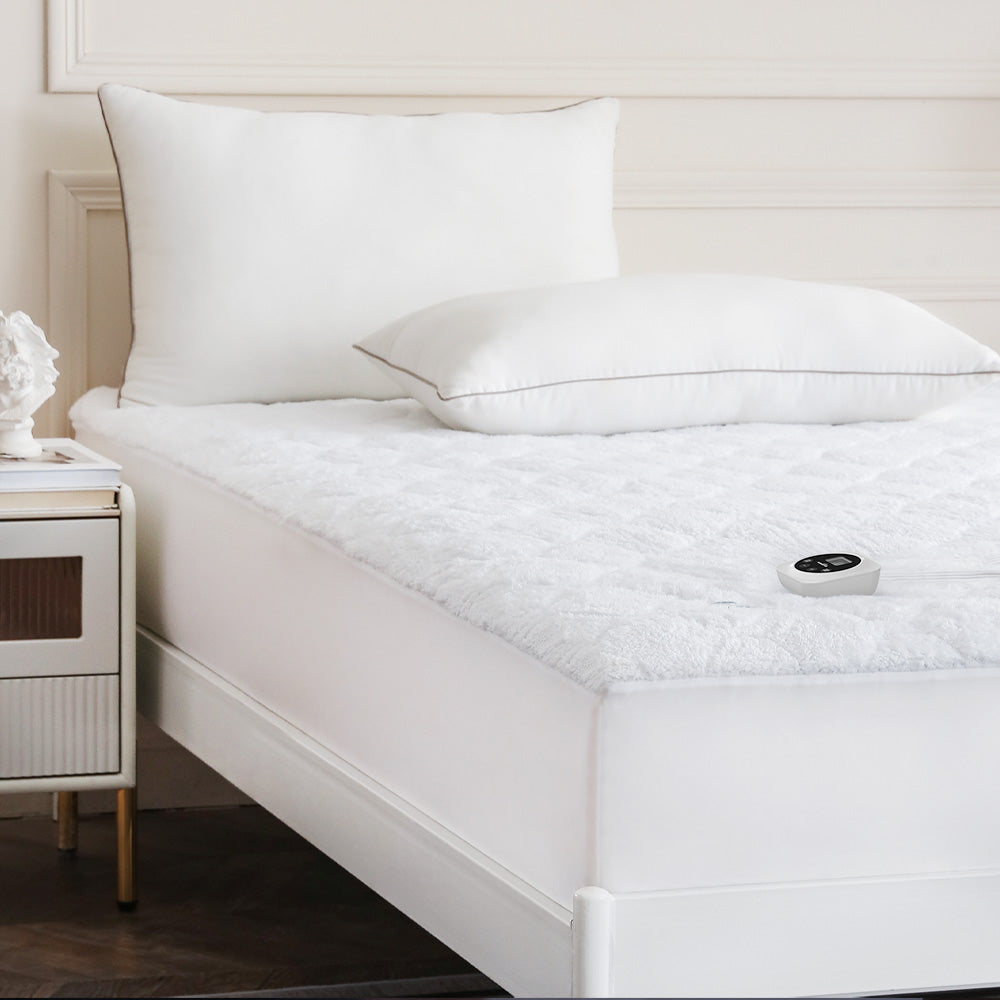
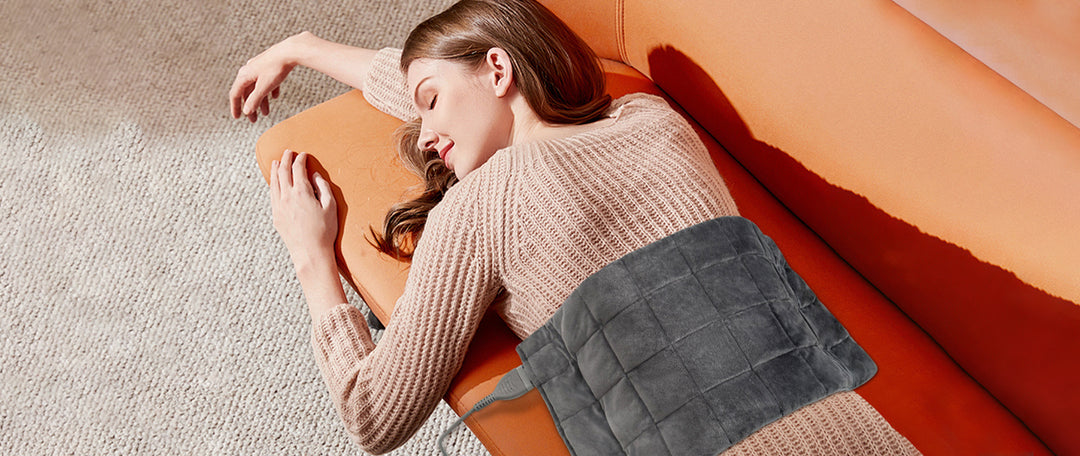
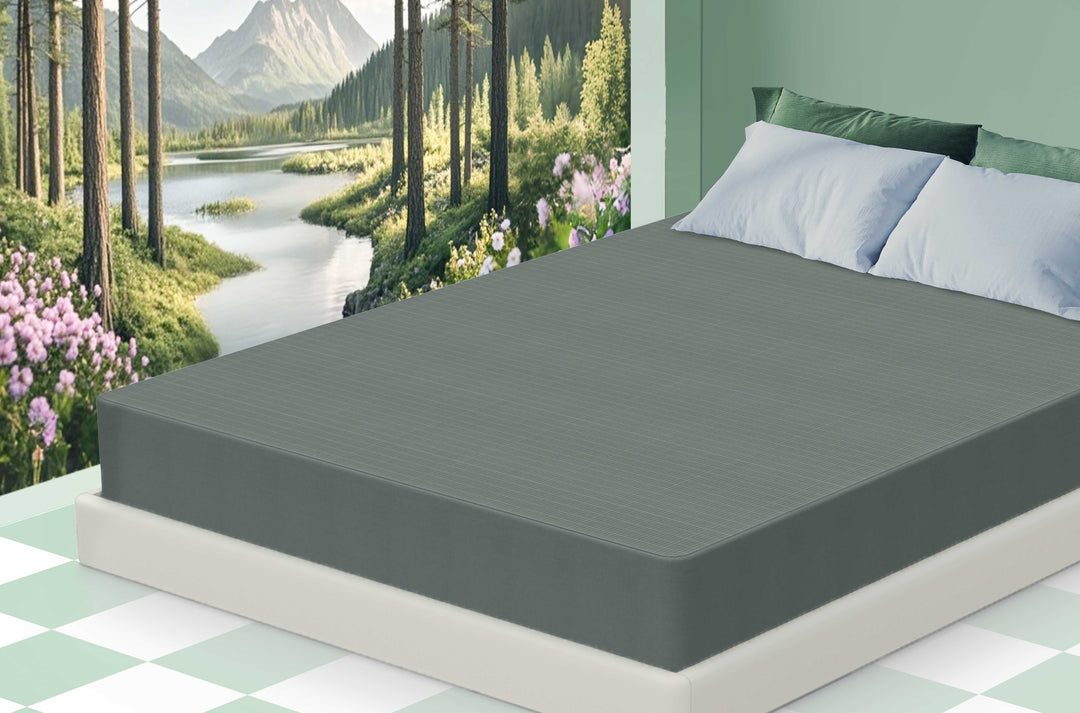



Leave a comment